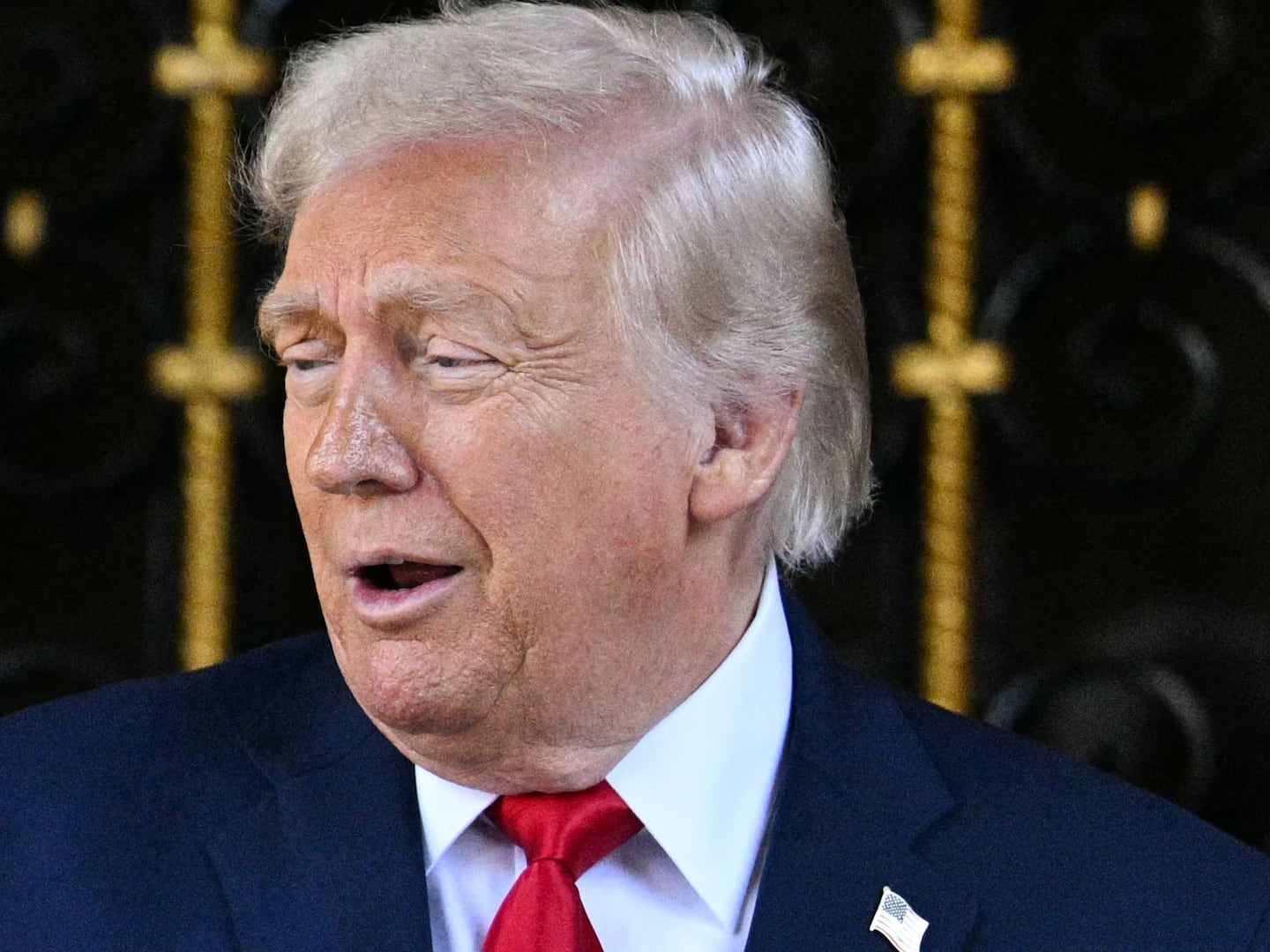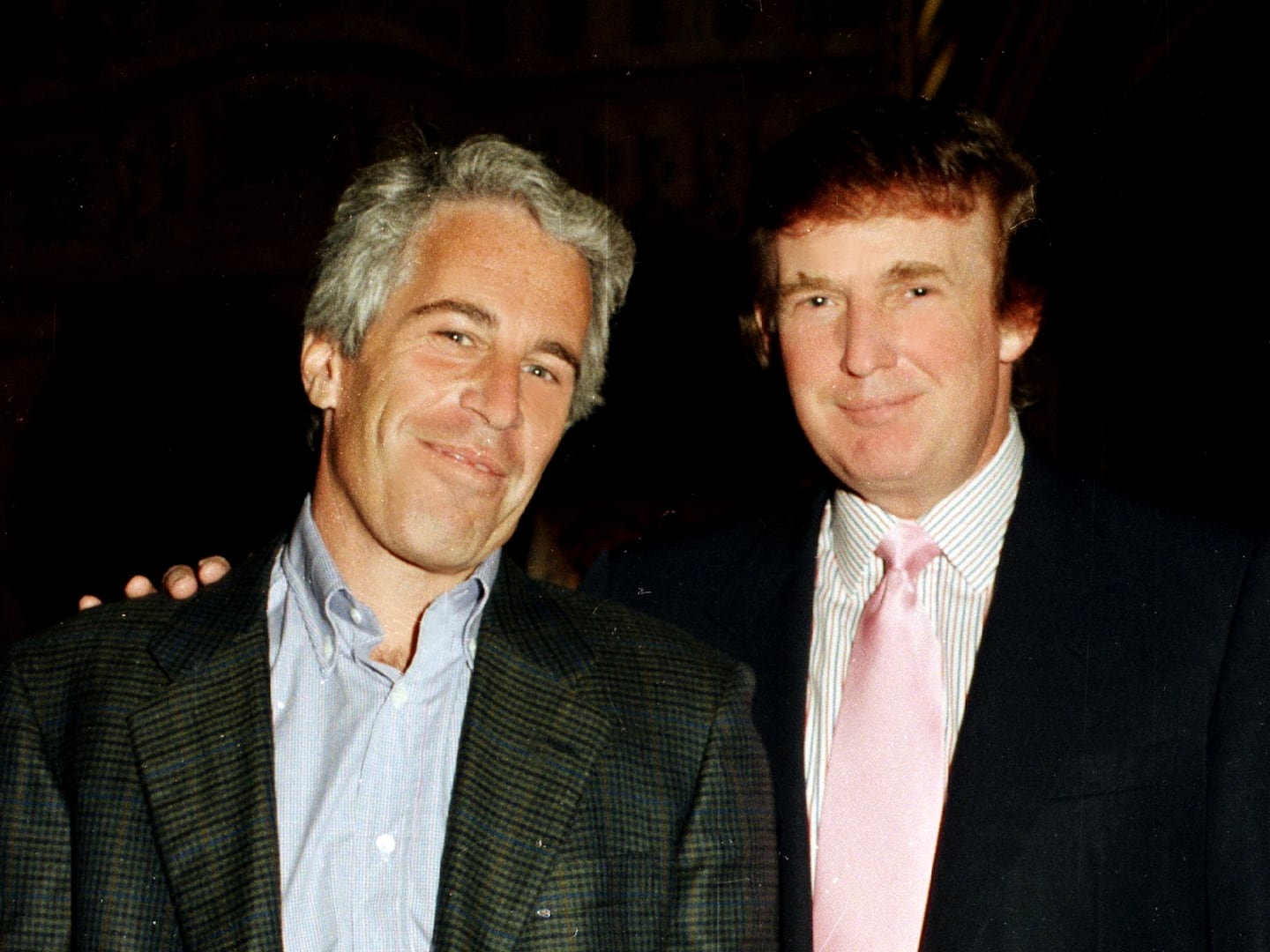HONG KONG — China’s ambitions at sea have been much in the news of late. On Tuesday, a tribunal in The Hague rejected Beijing’s “historic claims” to vast swathes of the South China Sea and the resources beneath. If, as expected, it keeps trying to create facts (and islands) there, tensions are going to rise and so will American demands for freedom of navigation.
But China’s expansionist ambitions on land also are intriguing: an attempt to build and extend its markets by exploiting its historic connections to the old Silk Road that once ran from China to the West. And at the center of the project is a network of modern railroads stretching through the old Soviet ‘Stans to Iran and on to Europe.
When Chinese President Xi Jinping made a state visit to Uzbekistan last month he claimed Chinese trade with countries participating in the plan he calls “One Belt, One Road” surpassed $1 trillion last year. State media called this the “early harvests” of the initiative, and quoted Xi saying the deployment of the plan is now complete, and now is the time for it to “take roots.”
At the Shangri-La Dialogue held in early June in Singapore, Chinese delegates were briefed to sermonize as much as they could about One Belt, One Road. This served two purposes: to promote President Xi’s vision of a world connected by Chinese infrastructure, and to avoid addressing the conflict stemming from China’s geopolitical ambitions in the South China Sea.
According to Xi, the idea behind One Belt, One Road, or OBOR, is to strengthen economic ties between China and nations in Asia, Europe, and Africa by invoking the Silk Road's place in history. In all, it will involve over 60 countries and, in theory, affect more than half the global population.
At home, references to OBOR have been unavoidable. Billboards, banners, news headlines, and murals trumpet the idea. In-flight magazines of major airlines devote a few pages in each issue to new milestones. When the political leader of Hong Kong gave his annual policy address in January, he uttered the phrase 48 times. Four months later, the CCP’s third-highest-ranking official visited the city, and one major item on his agenda was to tout the idea to local business leaders and ensure they participate fully.
The Silk Road, of course, was a network of trade routes that connected the Chinese Empire with India, Persia, Arabia, and Mediterranean states. Named after what was then China’s major export, the network facilitated not only commercial ties, but also cultural exchanges for over a millennium. When Mongol rule of China declined in the 14th century, and the Ottoman Empire increasingly opposed the West, political power along the Silk Road balkanized, and it no longer functioned as a trade route by the second half of the 15th century.
To revive the defunct trade network, Xi organized a “study session” on its history for the CCP’s Central Committee, which comprises the top political leaders of the party. During the study session, Xi stressed the need to urge other nations to hop on the “fast car to development,” and that countries touched by his Belt and Road initiative will feel the benefits of following China’s lead.
Silk may no longer be a key item for international commerce, but the name lends a storied past, one that dozens of states share with China. In the 21st century, old routes traversed by traders will be renewed with iron. Horses and carriages will be replaced by high-speed trains. With nearly $1 trillion of investments already announced, one might say the Chinese president wants to make China great again.
On a whiteboard, OBOR is a sound idea, a natural result of China’s aggressive domestic economic development. A glut of steel, aluminum, concrete, and consumer goods needs new buyers, while some countries, especially in Central and Southeast Asia, want new roads, railways, deep water ports, airports, stadiums, and other big projects. Indeed, the handouts and loans have helped Beijing make friends in capital cities, but now that private enterprises are beginning to utilize China’s massive railway network, problems are becoming apparent.
In January, a train hauling 32 cargo containers loaded with “small goods” from Yiwu, Zhejiang, in eastern China embarked on a two-week westbound journey. When the locomotive reached Tehran, it was greeted by the ambassadors of China, Kazakhstan, and Turkmenistan in Iran. Islamic Republic of Iran Railways company head Mohsen Pourseyyed Aqai said, “The arrival of this train in less than 14 days is unprecedented.” In contrast, Aqai indicated the sea route connecting Shanghai and Bandar Abbas takes 45 days.
About a third of Iran’s trade is with China, largely built on oil. Holly Dagres, the curator of The Iranist, a weekly newsletter covering all things related to the Islamic Republic, told The Daily Beast that Chinese exports to Iran cover all facets of consumption—machinery, industrial components, medical supplies, and daily goods. This is a consequence of international sanctions on Iran, when Iranian businesses found partners in Chinese exporters.
“The railway and $600 billion trade deal solidifies Sino-Iran ties,” said Dagres. “The trade boost grants Tehran the possibility of membership to the Shanghai Cooperation Organization,” which brings together leaders of China, Russia, and Central Asian nations to collaborate on economic, political, and military matters. “With new agreements, Beijing is on course to allow Tehran into its inner circle. In turn, it hopes to push western investment away, thus maintaining its stranglehold on Iran.”
The Yiwu-Tehran train ran on existing rail links, but Beijing wants to build new lines for high-speed trains, and punch through to reach western Europe.
But is this line a one-way street? The question has posed itself many times already.
Spanish producers tried to use a Madrid-Yiwu connection to transport their goods to China. But when bottles of wine and olive oil—goods increasingly popular with middle class consumers in China—were marked for export by train, they had to be wrapped in thermal blankets to brave the Russian winter, or else the bottles would explode.
So far, the Chinese trains have not offered heating or refrigeration in their containers, so the trip through France, Germany, Poland, Belarus, Russia, and Kazakhstan takes Spanish goods, which is mostly food, through a spectrum of altitudes and climates. Moreover, the cost to move goods via the Madrid-Yiwu train is 50 percent higher than established sea routes.
Spanish producers are left wondering whether the Yiwu Express was actually designed for bilateral trade, given its higher cost and the existence of reliable sea cargo options. To lure Spanish distributors, the Chinese government has promised free advertising for their goods on state television if they utilize the Yiwu Express. Few are biting.
Beyond China, the nation to benefit most from the railways of OBOR might be Kazakhstan. Its location between Russia and China, and abundance of energy and mineral resources, makes it a desirable connection for Beijing.
Kazakhstan and other Central Asian countries are badly in need of new railways. Much of what they have now was built by the Soviet Union, cut off from Moscow after the USSR's dissolution, and badly maintained since then.
But there’s a big problem: the mismatch in railway gauges. While the international standard for railway gauge is 1,435 mm, the Soviets used the slightly larger 1,520 mm to distinguish themselves from the rest of the world. That means Chinese trains, which use the standard gauge, must stop at Kazakh borders twice per journey to replace chassis, or the goods need to be reloaded onto different trains. Both of these options lead to a significant increase in freight charges.
Chinese investment and expertise are certainly welcome, but Astana remains cautious when engaging Beijing. When Kazakhstan ended visa requirements for countries considered to be critical to the nation’s development, China was not included. Kazakh president Nursultan Nazarbayev has been moving closer to the Russian Federation. After all, the Kremlin sees Central Asia as its backyard, and Kazakhstan considers itself “Russia’s only strategic partner.”
Xi’s pet project is not immune to other kinks in the rails. When Beijing pushed for a deal to finance and build a line in Thailand, there were conditions attached that Thai officials found problematic. Chinese officials demanded land rights so they could develop commercial property near train stations from Bangkok to Nong Khai, across the border from Vientiane. The Thais had no intention of granting such rights, so the deal fell apart.
The Iron Silk Road, as some call it, is only half of Xi’s OBOR plan. Together with its maritime counterpart, the concept has rattled neighbors and trade partners, and some worry about the CCP’s ulterior motives. To assuage concerns, Xi and other Chinese officials have emphasized “Three Nos:” no interference in the internal affairs of other countries, no boost in China’s sphere of influence, no Chinese hegemony or dominance. However, as Beijing continues to fund infrastructure projects across Eurasia and Africa, the contrary seems to be the case, and the assertion of sovereignty over the South China Sea come hell or high water, as it were, must give pause to anyone on Beijing’s map for growing influence.
The truth is Xi’s planned railways under OBOR are not merely a measure to bolster intercontinental commerce. They will play multiple roles: as a way to relieve China’s own overproduction; as an energy pipeline to maintain a steady flow of oil from the Middle East and Central Asia; and even, like OBOR’s oceanic component, a preparation for war.
The CCP sees itself as under attack by foreign forces. In particular, it considers America to be the dominating force in the Pacific Ocean. In the highly unlikely event that the two nations go to war, sea routes that bring crude oil to Chinese ports will be cut off. Under that assumption, high-speed trains that can transport crude from Central Asia and the Middle East will be key to the survival of the Chinese economy.
Over a thousand years ago, the Silk Road not only moved goods, but also brought new sensations: the first taste of a new fruit or spice grown in soil of an unfamiliar shade; skin caressed by silk in every hue imaginable, lustrous and august; the sound of resonant porcelain shaped and fired by master craftsmen.
The knowledge and technologies, ideas and philosophies of those days were also propagated to reach new audiences. Under Xi, that legacy is now being warped into a commercial-military complex, with Beijing as its heart.






